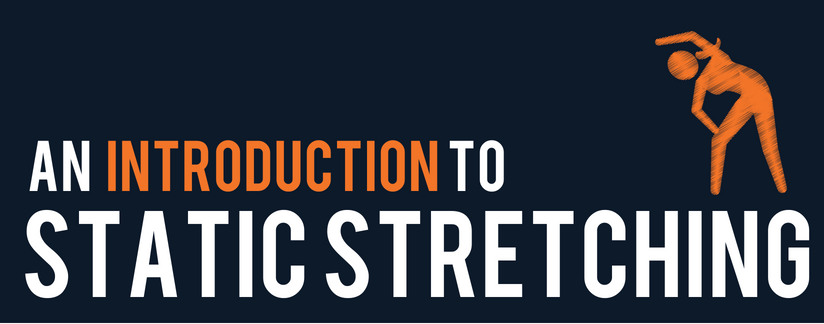GET IN TOUCH TODAY!
"*" indicates required fields

Unlike our dynamic stretching that we discussed in a previous post, static stretching is stretching without movement. Which does not make it the most effective form of stretching for warming up before a training session but it does make them very suitable for cooling down at the end of a training session.
Static stretching helps to lengthen the muscles which overtime will lead to a reduced risk of injury, better posture and improved movement efficiency. In the short term it can help alleviate muscle tension and reduce the likelihood of muscle soreness experienced after exercising. In addition to these benefits it can have a wonderful calming effect too. Slowly reducing the heart rate and blood pressure and allowing the muscles to relax and recover.
When we are engaged in static stretching we should also think about our breathing. Focus on the breath coming in and out slowly. This helps the muscles relax so we can go deeper into the stretch without discomfort. Focusing on our breathing also allows us to be very present, calm and peaceful which is exactly the place we want to be at the end of a training session if we want to accelerate the recovery/repair process that follows. Static stretching following your workout can then also double up as a bit of mindfulness training!
At the end of a training session we would always recommend at the very least you carry out a few maintenance stretches. Maintenance stretches are focussed mainly on maintaining your range of motion with less emphasis on actually improving your range of motion. Holding a stretch for just 10-15 seconds before moving onto the next one. Don’t forget to focus on your breathing. Long deep breaths whilst holding the stretch.
Developmental stretching has a much greater emphasis on developing range of motion. A stretch is held for 10 seconds, whilst continuing to focus on your breathing after 10 seconds and on the out breath you then increase the stretch a little more. This can be repeated multiple times, we recommend 3-6 times which would result in a total duration of 30-60 seconds for one developmental stretch.
The following is a very simple static stretch routine that can be done following your training session. They can be performed as maintenance stretches or developmental stretches using the guidance above.
For more information or advice, call Jon on 01273 613014 or email info@stormfitnessacademy.co.uk
Muscles being stretched: Gastrocnemius (back of lower leg)
Teaching points:
Muscles being stretched: Hamstrings (back of thigh)
Teaching points:
Muscles being stretched: Quadriceps (front of thigh)
Teaching points:
Muscles being stretched: Latissimus dorsi (back)
Teaching points:
Muscles being stretched: Pectoralis (chest)
Teaching points:
Muscles being stretched: Trapezius (upper back) and Rhomboids (mid back)
Teaching points:
For more information or advice, call Jon on 01273 613014 or email info@stormfitnessacademy.co.uk